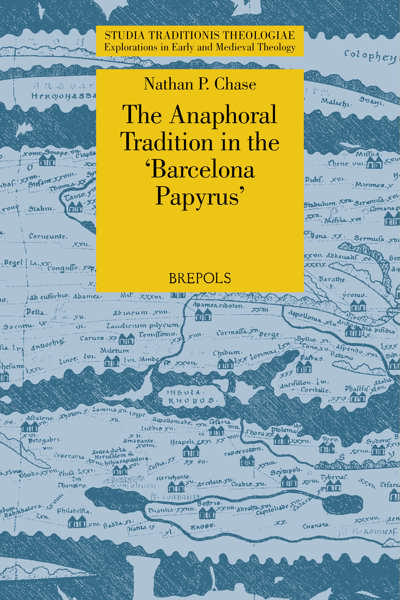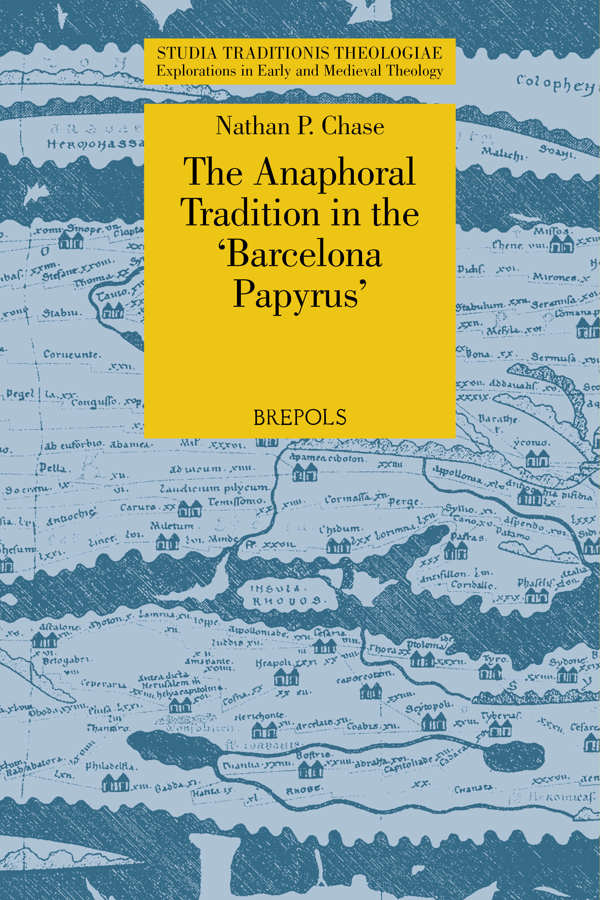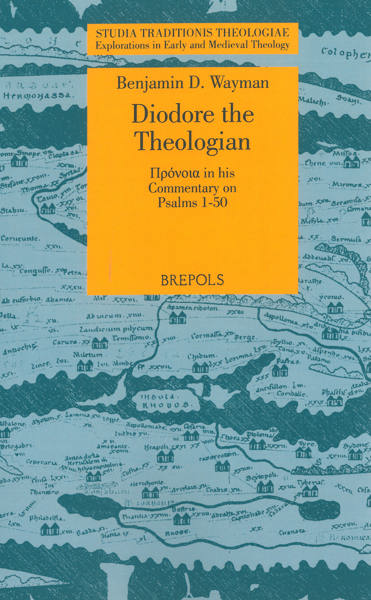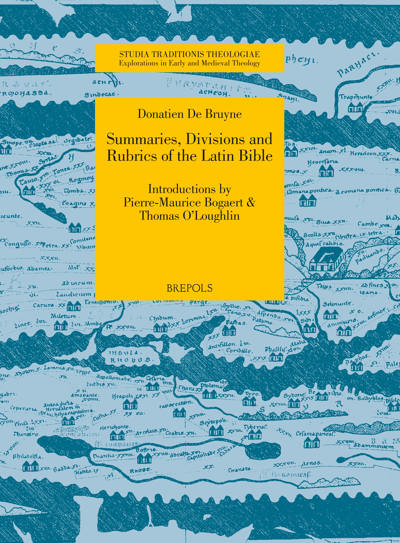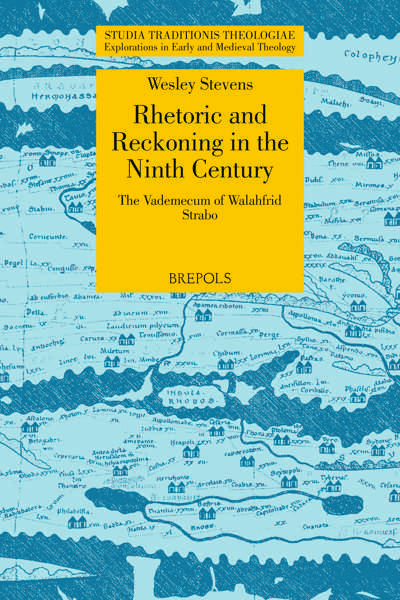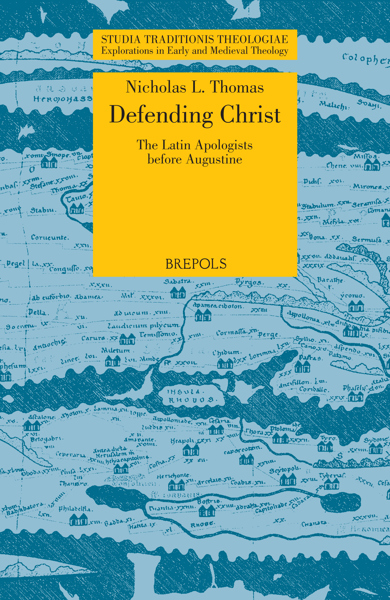
The Anaphoral Tradition in the 'Barcelona Papyrus'
Nathan P. Chase
- Pages: 384 p.
- Size:216 x 280 mm
- Illustrations:3 col., 86 tables b/w., 1 maps color
- Language(s):English, Greek, Coptic
- Publication Year:2023
- € 90,00 EXCL. VAT RETAIL PRICE
- ISBN: 978-2-503-60554-8
- Hardback
- Available
- € 90,00 EXCL. VAT RETAIL PRICE
- ISBN: 978-2-503-60555-5
- E-book
- Available
The anaphora in the 'Barcelona Papyrus' should reshape liturgical historians’ understanding of a number of classical anaphoras, and their approach to anaphoral development more broadly, including questions concerning the construction, geographical provenance, and structural patterns of early anaphoras and their units.
Nathan P. Chase is the Assistant Professor of Liturgical & Sacramental Theology at Aquinas Institute of Theology in St. Louis. He is a graduate from the University of Notre Dame’s liturgical studies program. He has contributed several articles to the field of liturgical studies, including pieces on liturgy in the early Church, inculturation, and the Western Non-Roman Rites.
Since the discovery in the 1950’s of the so-called 'Barcelona Papyrus', the anaphora contained within it has remained the most understudied classical anaphora. However, a close analysis of this anaphora can reshape liturgical historians’ understanding of a number of classical anaphoras, and thus their approach to anaphoral development more broadly. This anaphora requires scholars to rethink questions concerning the construction, geographical provenance, and structural patterns of early anaphoras and their units. It is a witness to a very early form of Eucharistic praying, and points to various ways in which older less developed Eucharistic prayers developed into the anaphoral patterns common in the fourth century. As such, an analysis of this anaphora is of historical and methodological interest. This anaphora is also an early witness to Egyptian Eucharistic praying. It stems from the same anaphoral tradition as the anaphora of St. Mark, but on the whole it is an earlier witness to that tradition. The anaphora in the Barcelona Papyrus also bears a number of structural and textual similarities to the anaphora described in the Mystagogical Catecheses, which is often attributed to Cyril of Jerusalem. As such, it sheds further light on the relationship between Egypt and Jerusalem.
Figures
Tables
Acknowledgments
Abbreviations
Critical Editions and Translations of BARC and T-BARC
Chapter 1: Introduction
Part I: Methodology, Context, and the Development of the BARCelonan Tradition
Chapter 2: Methodological Approaches to Anaphoral Development
Chapter 3: The BARCelonan Tradition and its Historical Background
Chapter 4: An Earlier Form of BARC
Part II: An Analysis of the Various Units in BARC
Chapter 5: Dialogue
Chapter 6: Preface
Chapter 7: The Pre-Sanctus and Sanctus
Chapter 8: Post-Sanctus and Offering
Chapter 9: Epiclesis
Chapter 10: Institution Narrative
Chapter 11: Anamnesis
Chapter 12: The Fruits of Communion
Chapter 13: The Doxology
Part III: The Development of the Classical Anaphoras
Chapter 14: Developments in Anaphoral Praying and the Rise of Multiple Traditions
Chapter 15: Conclusion
Appendix A: Diplomatic Edition of B-BARC and T-BARC
Appendix B: Facsimile of B-BARC and T-BARC
Appendix C: Sources
Bibliography
Index of Anaphoras
Index of Manuscripts
Index of Biblical Citations
Index of Ancient Authors and Writings
Index of Places and Regions
General Index
